
The historic Settlers Inn features Grant’s Wood, a charming area for dining that offers a memorable private experience overlooking the serene Lackawaxen River. © Michelle Chaplow
BY DIANA SIERRA
In recent years, photographic trends in historic luxury hotels have undergone significant changes, driven by a growing demand for authentic and visually striking images. High-quality images taken by experts in the field play a crucial role in driving room-night bookings and are essential for websites and booking engines. However, within the wide variety of marketing materials, there is also room and demand for a more editorial style.
In terms of historic hotel photography today, aspects such as sustainability, genuine connection with the local community, and experiential storytelling have transcended mere marketing strategies to become fundamental pillars that define historic hotel photography.
Here are the ten most relevant trends influencing photography in heritage hotel experiences today:
- The doorman
In the tradition of historic luxury hotels, the doorman remains an enduring symbol of welcome and elegance. Standing at the entrance, dressed in a tailored uniform, he embodies the spirit of the establishment even before any guest has entered. All guests appreciate the doorman’s sincere smile, as he is the first person they see, whether opening the door or offering a courteous greeting. The doorman is the living embodiment of the hotel’s legacy and charm.
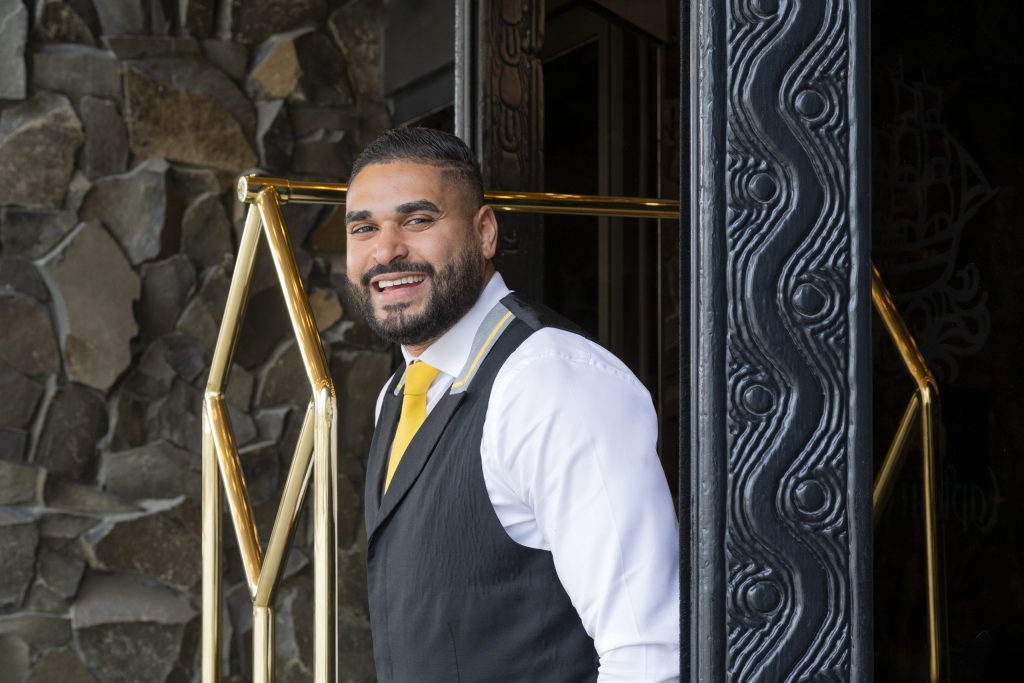
2. Heritage
The design of luxury hotels increasingly incorporates locally inspired art, craftsmanship, and narrative decoration as central visual elements. Vintage murals and bespoke furniture feature prominently in photography, helping to tell the story of each property.
For photographers visiting the Savoy Hotel in London, capturing Kaspar’s life-size presence—with his characteristic napkin and cutlery, alongside an elegant plaque inscribed with “Kaspar for 14 people”—is an absolute must.
“Kaspar, the cat” is a sculpture commissioned in 1926 to accompany groups of thirteen diners. Kaspar, the “good luck cat”, was created to counteract the superstition surrounding fourteen diners, adding himself as the fourteenth guest.

3. Local experiences and storytelling
Rather than just showing rooms or architecture, photography now aims to tell the full narrative of a stay: from morning rituals in a historic courtyard to exclusive private events.
Local experiences offer a rich source of visual storytelling. Capture moments that reveal the property’s connection to its surroundings: a chef showcasing regional produce, morning rituals in a historic courtyard to exclusive private events, or the elegance of a garden picnic. A perfect example is the lead photo for this article: private outdoor dining at Settlers Inn in Hawley, PA—an experience that’s truly magical and exceptionally photogenic.
Reports from HospitalityNet and Social Hospitality point to a wider movement in luxury travel, reflecting a broader shift towards personalisation, where storytelling is both deeply personal and rooted in local context.
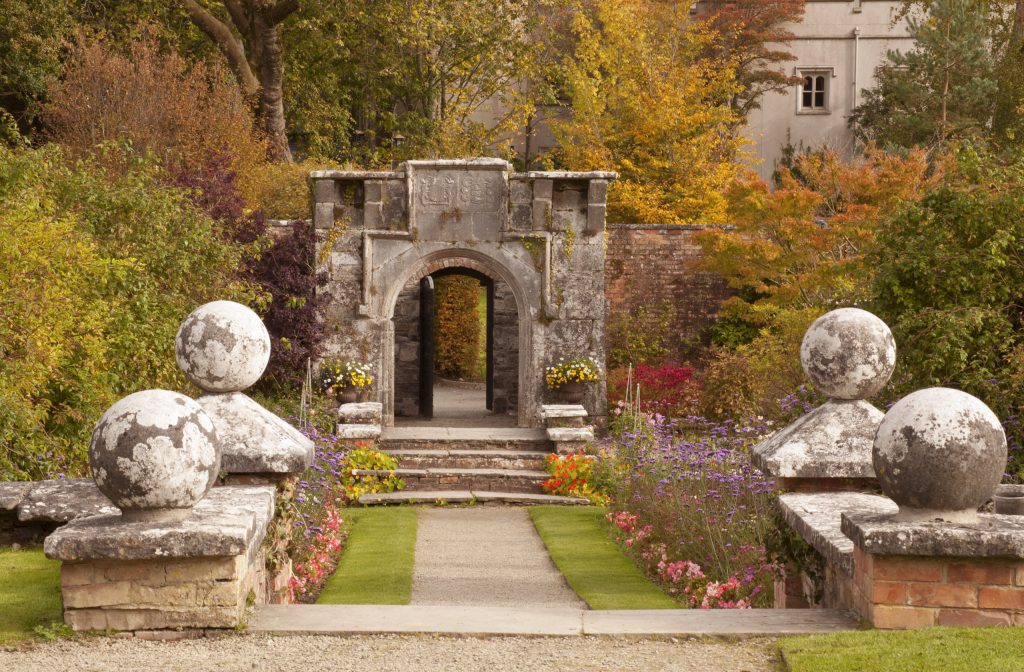
4 Culinary Experiences
Photographers should focus on the art of food presentation, the atmosphere of dining rooms, and the interaction between chefs and diners. Highlighting elements such as open kitchens, chef’s tasting menus, and cultural cooking classes can convey the hotel’s commitment to gastronomic excellence. Emphasising authentic moments will enhance the narrative aspect, showcasing not only the food but the entire dining experience.
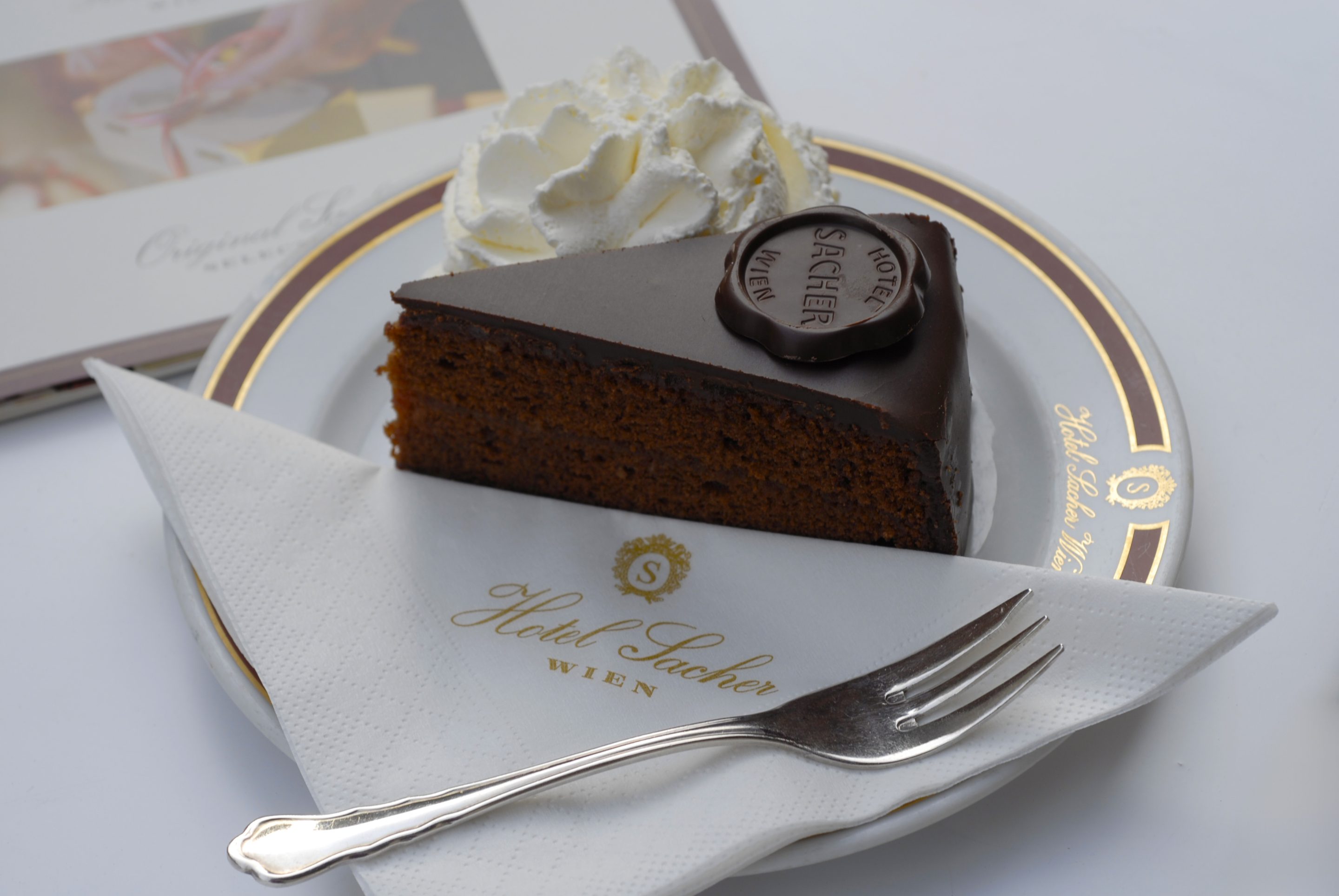
5. Afternoon Tea
The most sophisticated hotels, especially in cities such as London and New York, are reinventing traditional afternoon tea and turning it into a modern, themed, and highly sensory experience. For photographers, it is about translating a multi-sensory experience into images that communicate elegance, detail, and narrative.
Driven largely by all generations, the new afternoon tea focuses on a visually appealing aesthetic that is easily shareable on social media platforms such as Instagram. As a result, afternoon tea is key to the visual marketing of hotels, where every element, from the tableware and floral design to the natural light and layout of the space, is important.
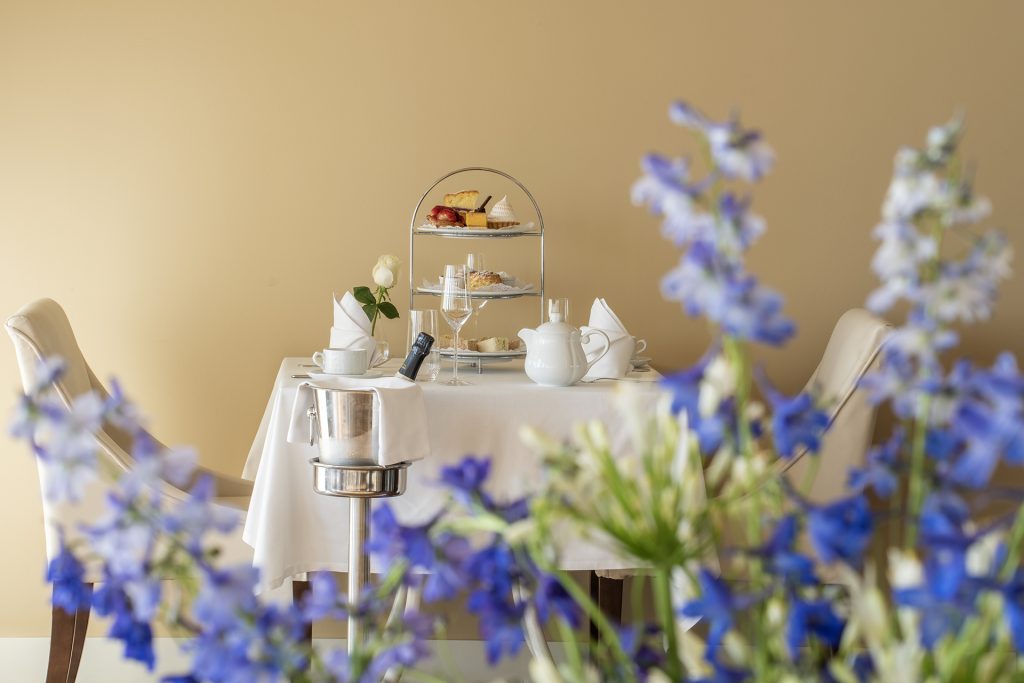
6. Sustainable Visuals
Photography increasingly highlights green spaces, native gardens, reused materials, and conservation efforts. Sustainability is embedded in the visual identity of the hotel.
Increasingly, historic luxury hotels are adopting cutting-edge eco-friendly technologies, from smart lighting systems to refined, recyclable amenities, as part of a broader transition toward visual sustainability.
This commitment goes beyond design and extends to experience creation, with properties offering immersive stays that are not only luxurious but also environmentally friendly, such as eco-safaris or wellness retreats in protected natural settings.
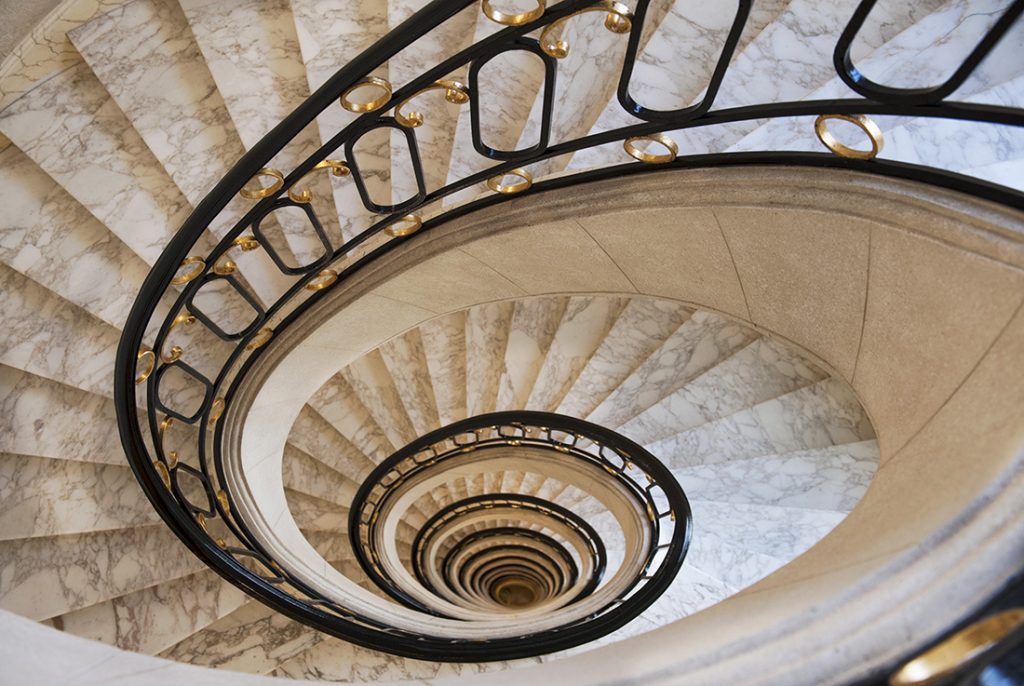
7. Immersive Formats
The rise of TikTok, Reels, and drone footage has expanded visual strategy. Luxury hotels now invest in high-impact short videos, cinemagraphs, and even 360° walkthroughs to evoke ambience and movement, not just image
8. Lifestyle & Wellness Imagery
Complementing biophilic design, photography in historic luxury hotels is evolving to capture immersive wellness experiences.
Images highlight tranquil moments such as yoga sessions, spa experiences, meditation, and nature retreats, showcasing a lifestyle that prioritizes well-being and mindfulness. The trend is moving away from ostentation and toward authenticity, emphasising natural beauty and personal well-being as key visual themes.
77% of travelers say true luxury lies in escaping the pressure of online performance (Luxury Travel Report, 2025).
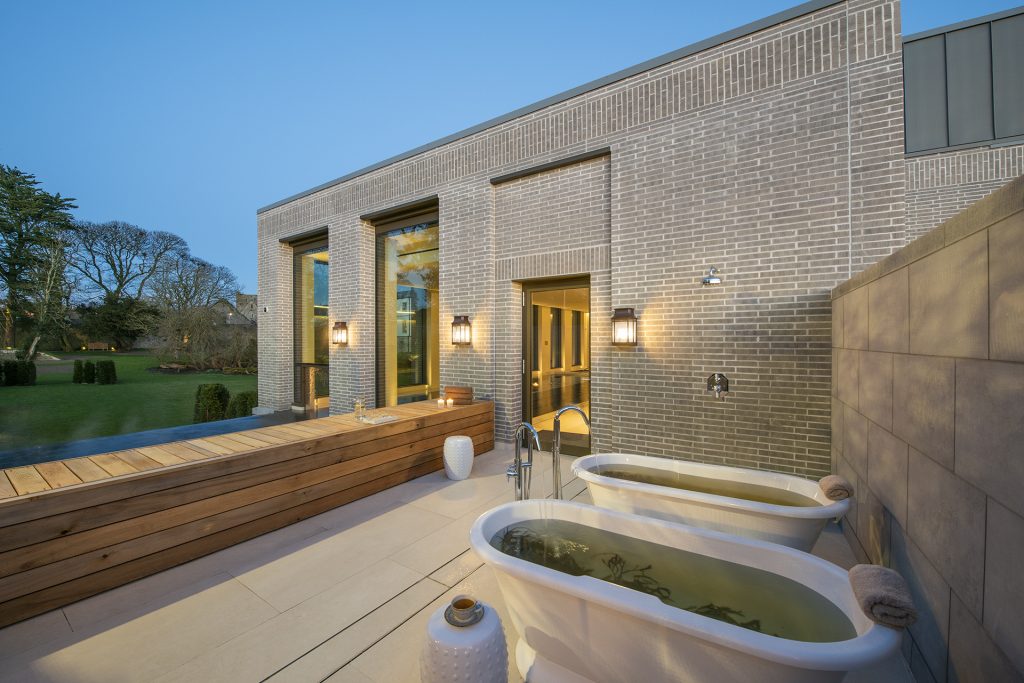
9. Biophilic Design
Natural light, organic textures, vegetation, and outdoor spaces are in high demand, both visually and experientially. These elements evoke a sense of calm and longevity, in line with a broader trend toward wellness and more tranquil travel.
Moreover, these design approaches create serene, calming environments that serve as backdrops for photography, emphasizing harmony with nature. Visuals focus on textures, soft natural light, and spaces that invite relaxation and connection.
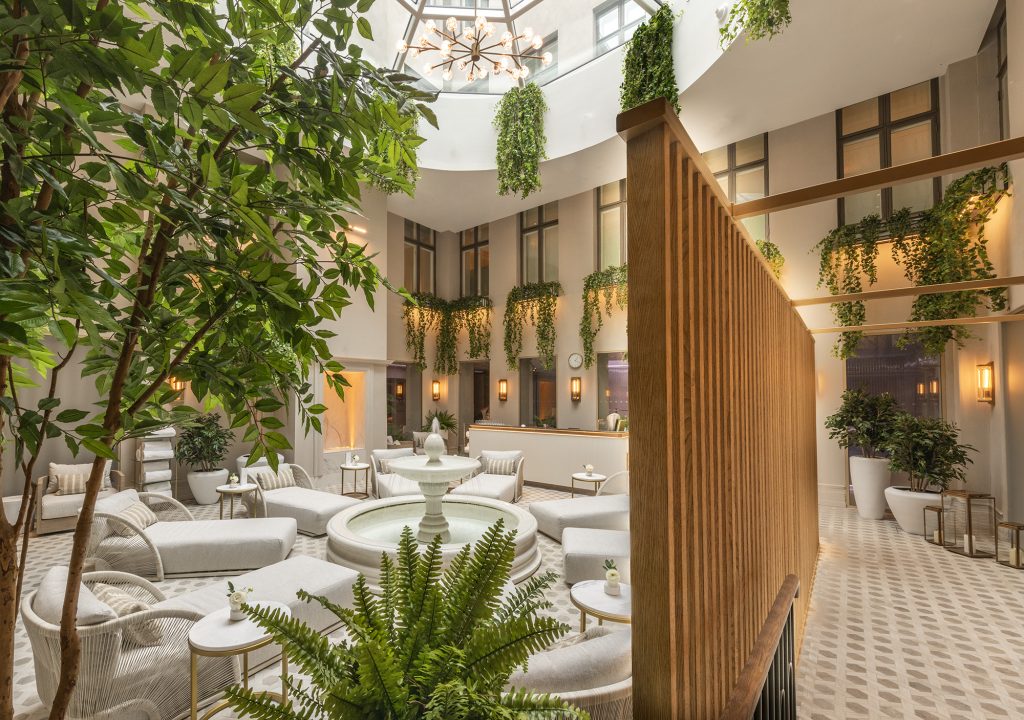
10. Staff empowerment.
For luxury hotel photographers, portraying empowered staff is one of the clearest ways to communicate the hotel’s commitment to service and well-being. Try to capture spontaneous images of staff in action (a concierge advising a guest, a chef presenting a dish, a housekeeper tidying a room, barmen captivating guests with historic stories), as well as warm portraits of the environment that show staff in context: uniforms, tools, common rest areas, or wellness spaces.
In addition, photographing the hotel staff can be a great asset, as people like to see the faces behind the service. According to the Diversity, Equity and Inclusion in the Hospitality Industry Statistics 2025 by WiFiTalents, 78% of luxury travelers prefer hotels that visibly promote cultural inclusion in their visual communication.
Ultimately, the charm of historic luxury hotels lies in their ability to accommodate several generations, welcoming guests of all ages who come to celebrate weddings, birthdays, and countless other special moments. These hotels skilfully combine heritage with modernity, proving that “old” does not mean “outdated”.
For photographers, capturing this dynamic interaction between history and contemporary life is essential. Images that show happy families, memorable events, and subtle modern touches alongside architectural beauty that tells a rich story of tradition. It is this fusion between the past and the present that continues to captivate guests.

References/Sources
- The Luxury Travel Report, 2025. https://theluxurytravelreport.preferredhotels.com/p/1
- Wealthy Travellers Are Abandoning Instagram-Perfect Hotels for Authentic Experiences, Study Reveals, 2025. https://rexclarkeadventures.com/wealthy-travellers-instagram-hotels/
- Diversity, Equity, and Inclusion In The Hospitality Industry Statistics, 2025.
- https://wifitalents.com/diversity-equity-and-inclusion-in-the-hospitality-industry-statistics/
- What a hotelier can learn from the world’s most luxurious brands, 2025.
- https://gamma.app/docs/What-a-hotelier-can-learn-from-the-worlds-most-luxurious-brands-0jwq16hv97857ts?mode=doc
- Sustainability Trends in Hospitality: Strategies and Examples, 2025.
- https://hospitalityinsights.ehl.edu/hotel-sustainability-trends
- Employee Well-Being Programs That Transform Workplaces, 2025.
- https://hospitalityinsights.ehl.edu/culture-of-wellbeing
